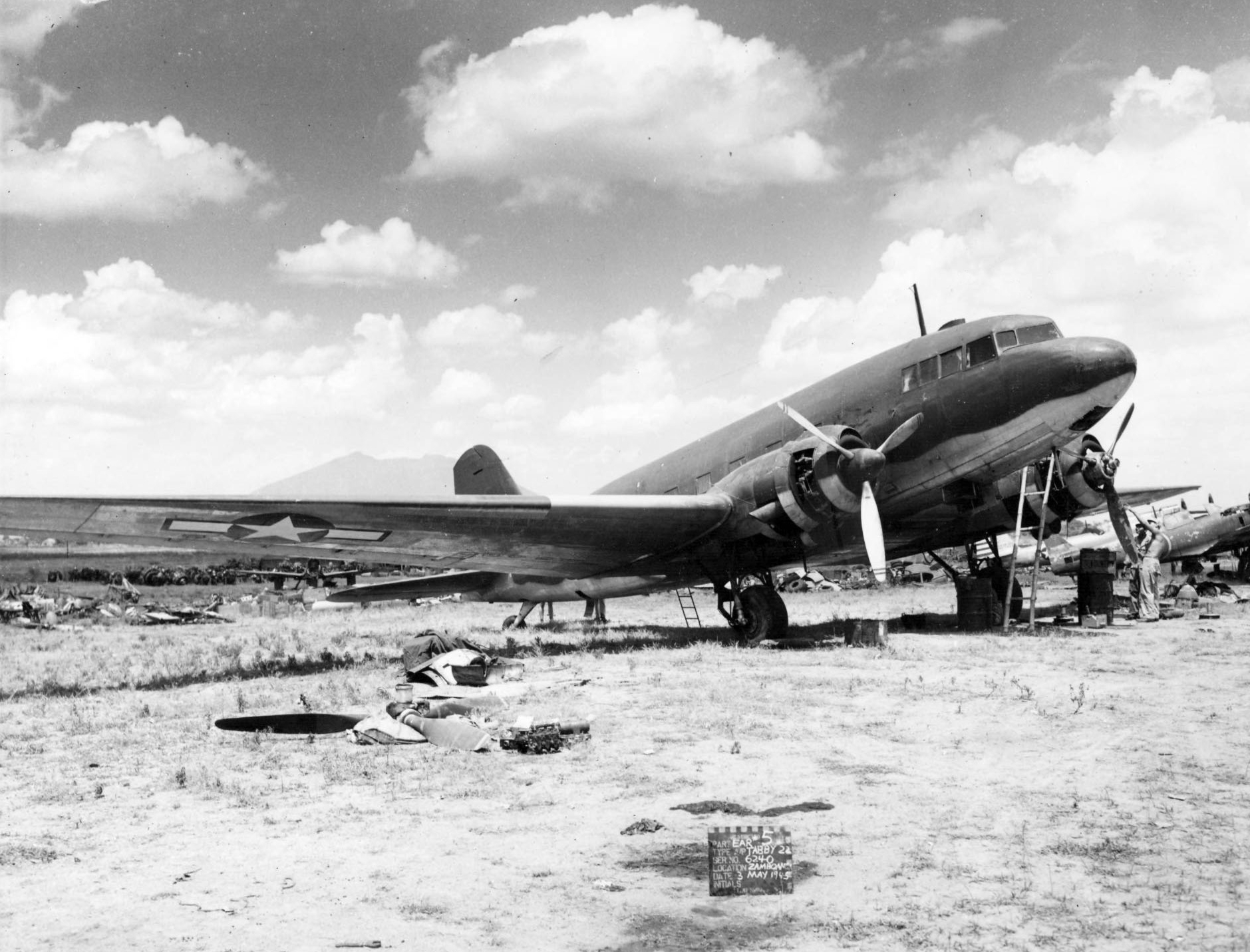|
Nakajima L2D
The Shōwa L2D and Nakajima L2D, given the designations Shōwa Navy Type 0 Transport and Nakajima Navy Type 0 Transport(零式輸送機), were license-built versions of the Douglas DC-3. The L2D series, numerically, was the most important Japanese transport in World War II. The L2D was given the Allied code name Tabby. Design and development After successful license production acquired in 1935 of the earlier Douglas DC-2, Nakajima Hikoki acquired the license rights for $90,000 in February 1938, to build the DC-3.O'Leary, Michael"Douglas Commercial Two."''Air Classics'' magazine, May 2003 (online version at ''www.findarticles.com''). Retrieved: 21 December 2011. Previously, the Great Northern Airways and the Far East Fur Trading Company had purchased 22 DC-3s from 1937 to 1939. This total consisted of 13 Cyclone powered DC-3s and nine Twin Wasp powered DC-3As, two of which were delivered un-assembled and assigned to a relatively new concern, Shōwa Aircraft. Both Shōwa and ... [...More Info...] [...Related Items...] OR: [Wikipedia] [Google] [Baidu] |
WikiProject Aircraft
A WikiProject, or Wikiproject, is an affinity group for contributors with shared goals within the Wikimedia movement. WikiProjects are prevalent within the largest wiki, Wikipedia, and exist to varying degrees within Wikimedia project, sibling projects such as Wiktionary, Wikiquote, Wikidata, and Wikisource. They also exist in different languages, and translation of articles is a form of their collaboration. During the COVID-19 pandemic, CBS News noted the role of Wikipedia's WikiProject Medicine in maintaining the accuracy of articles related to the disease. Another WikiProject that has drawn attention is WikiProject Women Scientists, which was profiled by ''Smithsonian Magazine, Smithsonian'' for its efforts to improve coverage of women scientists which the profile noted had "helped increase the number of female scientists on Wikipedia from around 1,600 to over 5,000". On Wikipedia Some Wikipedia WikiProjects are substantial enough to engage in cooperative activities with outsi ... [...More Info...] [...Related Items...] OR: [Wikipedia] [Google] [Baidu] |
Buntai
The Imperial Japanese Navy Air Service was under the control of the Navy Aviation Bureau (''Kaigun Kōkū Hombu'') . Administrative organizations ''Kōkū Kantai'' ''Kōkū Kantai'' (air fleet) contained one or more ''kōkū sentai''. The most notable ''kōkū kantai'' was the First Air Fleet containing Japan's six fleet carriers and was responsible for the attack on Pearl Harbor. IJN also maintained a land-based system of naval air fleets and area air fleets called ''homen kantai'' containing mostly twin-engine bombers and seaplanes. ''Kōkū Sentai'' ''Kōku Sentai'' (air flotillas) consisted of two or more ''Kōkūtai'', they were commanded by Rear Admirals. ''Kōkū sentai'' contained anywhere from a handful to 80 or 90 aircraft, and were dependent on both the mission and type of aircraft carrier or air station that they were located on. A ''kōku sentai'' was equivalent to a carrier division and contained all carrier aircraft within the division. The first ''kōku sentai' ... [...More Info...] [...Related Items...] OR: [Wikipedia] [Google] [Baidu] |
Flag Of The Republic Of China-Nanjing (Peace, Anti-Communism, National Construction)
A flag is a piece of fabric (most often rectangular) with distinctive colours and design. It is used as a symbol, a signalling device, or for decoration. The term ''flag'' is also used to refer to the graphic design employed, and flags have evolved into a general tool for rudimentary signalling and identification, especially in environments where communication is challenging (such as the maritime environment, where semaphore is used). Many flags fall into groups of similar designs called flag families. The study of flags is known as "vexillology" from the Latin , meaning "flag" or "banner". National flags are patriotic symbols with widely varied interpretations that often include strong military associations because of their original and ongoing use for that purpose. Flags are also used in messaging, advertising, or for decorative purposes. Some military units are called "flags" after their use of flags. A ''flag'' (Arabic: ) is equivalent to a brigade in Arab countries. In ... [...More Info...] [...Related Items...] OR: [Wikipedia] [Google] [Baidu] |

